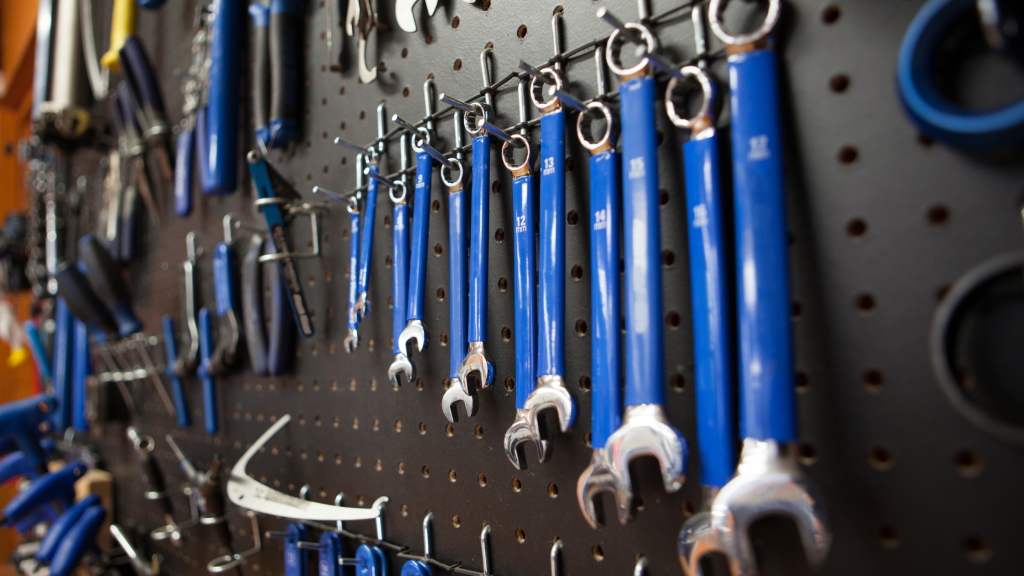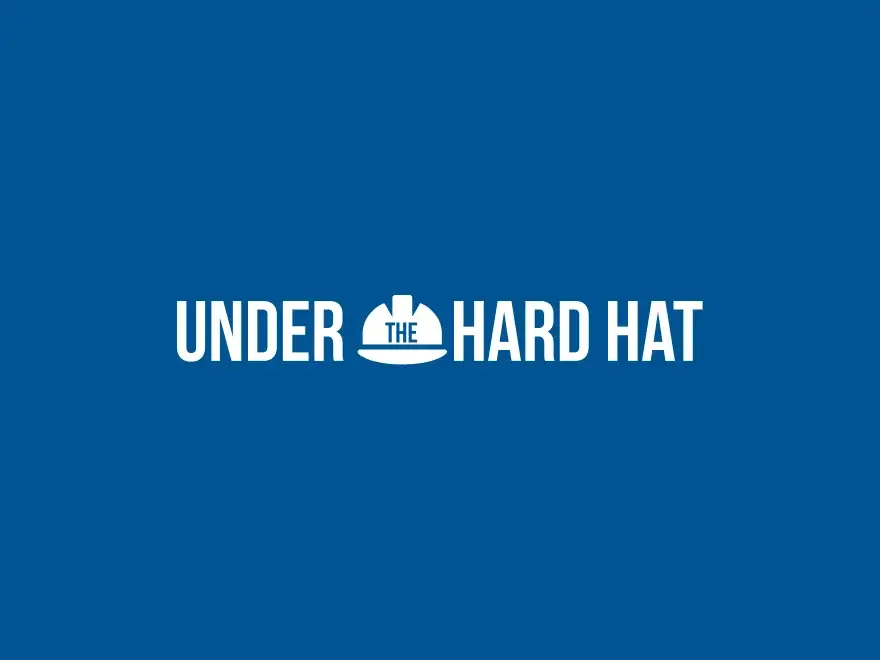April 24, 2024
Storing your tools just got smarter with these wall storage systems
Pegboards, steel and magnetic storage units, and French cleats are a few wall storage systems that will organize and simplify your tool searches.
April 23, 2024
How to attract construction workers to remote job site locations
Incentivizing work, advertising location benefits, and offering more work hours are ways to attract workers to infrastructure projects in remote locations.
April 23, 2024
Keeping workers amounts to three letters: P-A-Y
Construction companies complain about poor worker retention while wages stagnate or decrease. Higher pay and more opportunity will solve this problem.
April 23, 2024
RENCO blocks provide a lighter and simpler building solution
RENCO USA is revolutionizing building construction with lightweight structural blocks for building structures up to five stories.
April 23, 2024
These new technologies are modernizing the U.S. energy industry
From oilfields to 3D modeling and digital twins, new technology and methods resulting from it are upgrading the U.S. energy sector.
April 18, 2024
Build a winning team with these 5 psychological safety tips
Encourage psychological safety among employees by asking for opinions and openly discussing issues. This will bring innovation, lower safety incidents, and more.
April 18, 2024
32% of homes are new construction but market is still tight
Newly constructed homes were up 32% last year, and the boom continues. U.S. government figures attest to the strength.
April 18, 2024
Price escalation clauses protect contractors and homeowners
COVID-19 impacts on the supply chain brought volatile materials costs not easily absorbed by contractors or owners. Price escalation clauses can protect both.
April 18, 2024
Construction backlog declined to 8.1 months in February
Contractors are losing confidence in the backlog of work they are facing, according to a recent ABC members’ poll. The biggest contractors have taken the…
April 18, 2024
Cutting down on cannabis use on job sites
Cannabis is legal in many states. Random drug tests, encouraging communication, and providing access to resources are easy ways to reduce job site cannabis use.
April 18, 2024
Stadium projects at a glance
CPKC Stadium, Rogers Centre, and Scotiabank Arena are a few stadiums undergoing renovations in North America in 2024.













